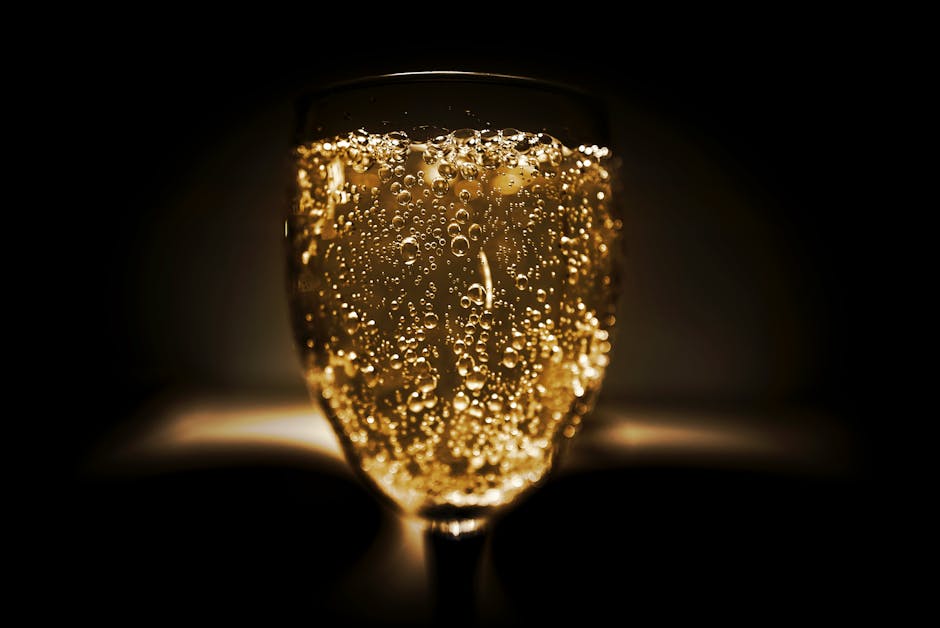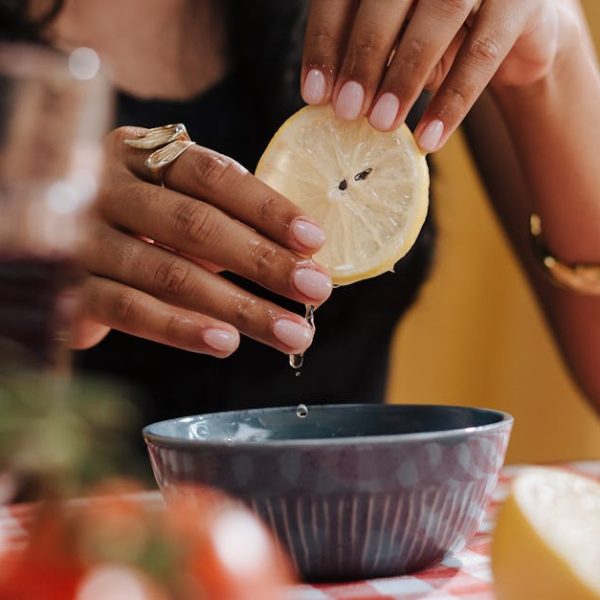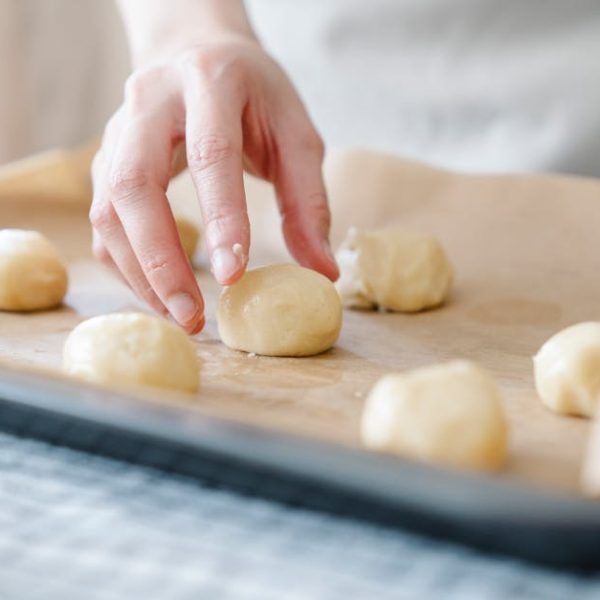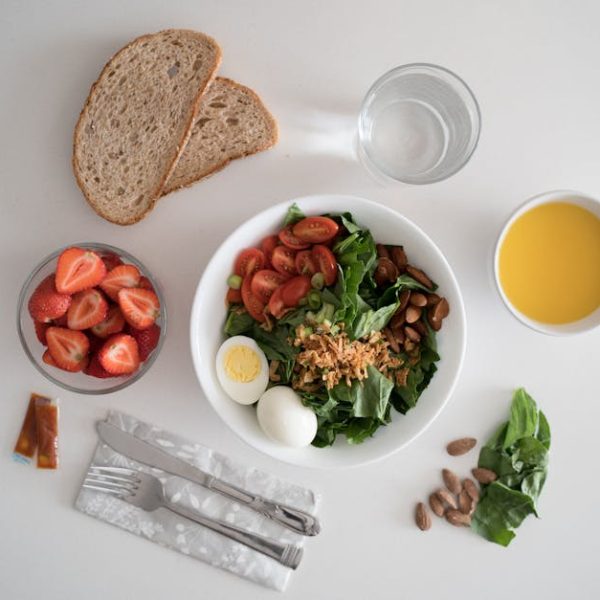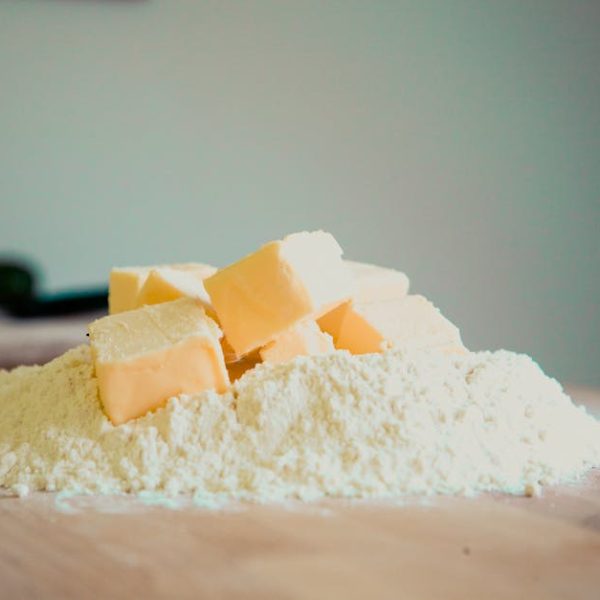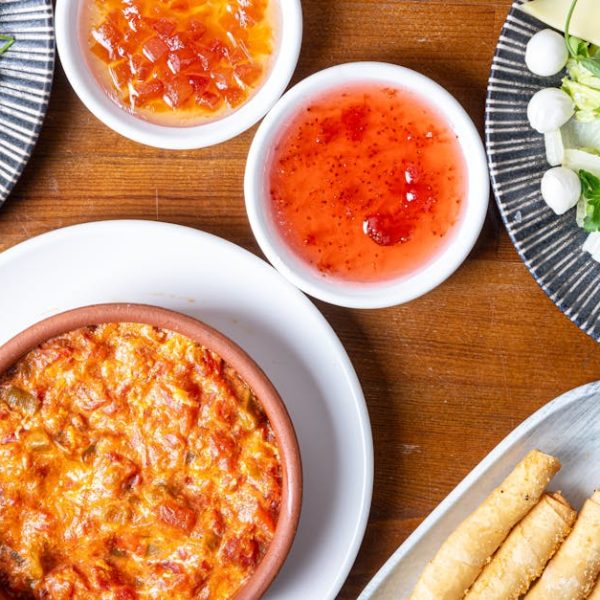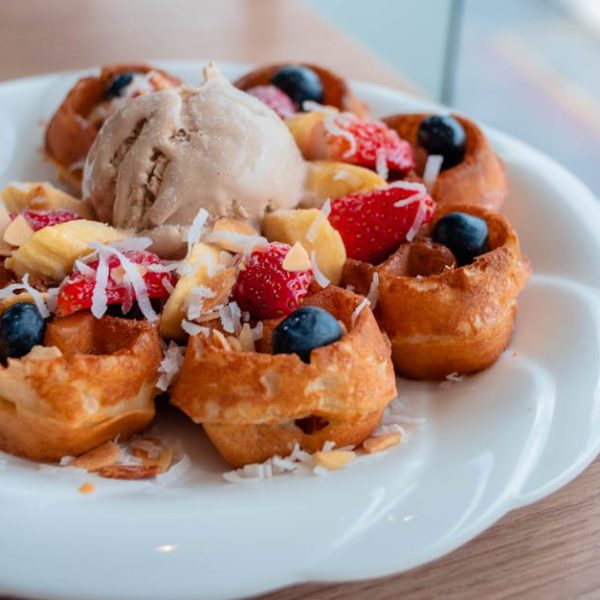The Fundamentals of Sherry Vinegar
Sherry vinegar, a seasoned player in gourmet cooking, boasts a wonderfully complex and refined flavor profile that sets it apart. Originating from the ‘Sherry Triangle’ in Spain, it’s created through a meticulous, carefully regulated aging process of sherry wine in wooden barrels. This lends it a distinct combination of sweet, tangy, and nutty flavors, adding a sophisticated depth to dishes. Just like fine wine, sherry vinegar differs in richness and complexity as it ages.
The various types of sherry vinegar include:
- Vinagre de Jerez: Aged for a minimum of six months, it’s perfect for a light tang in your dishes.
- Vinagre de Jerez Reserva: With at least two years of aging, this vinegar offers a robust flavor profile suitable for hearty dishes.
- Vinagre de Jerez Gran Reserva: Aged for more than ten years, it can accentuate gourmet and fine-dining recipes with its deep, complex flavors.
Pro Tip: When shopping for sherry vinegar, always check the label for a Denominación de Origen seal (DOP) – this guarantees authentic, quality vinegar.
Understanding Glazing Techniques with Sherry Vinegar
Glazing in cooking refers to coating your main ingredient, usually meats or vegetables, with a glossy, flavorful layer that caramelizes under heat. Sherry vinegar, with its unique flavor depth, makes an excellent base for a multitude of glazes. It adds that beautiful tangy note, contrasting and enhancing the ingredients’ inherent tastes.
Sherry vinegar stands out from other vinegars when it comes to glazing, thanks to its particularly rich and full-bodied flavor. While normal vinegars might lend acidity, sherry vinegar manages to impart a combination of sweetness, acidity, and umami that elevates your dish.
️ Best Practice: For an essential sherry vinegar glaze, start with a 2:1 ratio of vinegar to sweetener (like honey or brown sugar). Modify this basic formula to suit your taste.
Sherry Vinegar Glaze Recipes
A sherry vinegar glaze can be a versatile addition to your culinary repertoire. Be it a classic roast chicken bathed in sherry glaze, grilled vegetables with a tangy drizzle, or pork chops with a caramelized sherry veil, the possibilities are endless.
Here are a couple of basic recipes to get you started:
- Sherry Glazed Chicken: Combine sherry vinegar, honey, and soya sauce in a pan. Simmer until it reduces to a thick glaze. Coat the chicken in the glaze before roasting.
- Sherry Vinegar Glazed Carrots: Mix sherry vinegar, brown sugar, and butter. Toss baby carrots in the mix and roast.
Pro Tip: In glazes, balance is everything. Tweak the sweetness, acidity, and umami to harmonize with the main ingredient you’re using.
Details that Matter: Cooking Tips with Sherry Vinegar Glaze
Cooking with a sherry vinegar glaze isn’t intimidating. However, there are certain aspects you need to bear in mind to make sure your glaze works perfectly every time. The temperature is crucial here; cook it on too low heat and it becomes a runny marinade, too hot and it may burn.
Here’s a handy checklist for cooking with sherry vinegar glaze:
- Do start with a basic ratio and adjust to taste
- Don’t let the glaze burn; it should simmer gently
- Do coat your main ingredient generously and evenly
- Don’t forget to baste meats, especially when grilling or roasting
- Do taste and adjust, cooking is not an exact science
️ Best Practice: Storing leftover glaze is easy. Just pour it into a jar, seal it tight and refrigerate. The glaze will last for around a month without losing its flavor.
Pairing Sherry Vinegar Glaze with Foods
Sherry vinegar glaze, with its complex flavor palette, can be expertly paired with various foods for a delightful gastronomic experience. It offers a nice balance of sweet and sour that can complement a wide range of foods.
Covering everything from seafood to veggies, here’s a diverse list of foods that pair well with sherry vinegar glazes:
- Seafood: Prawns, salmon, or sardines.
- Meats: Chicken, pork, or duck.
- Vegetables: Asparagus, brussels sprouts, or carrots.
- Fruits: Apples, pears, or figs.
Allow us to visualize this with a comparison analysis of pairing sherry vinegar glaze with different foods.
| Food | Pros | Cons |
|---|---|---|
| Chicken | Its light flavor profile matches perfectly with the robust sherry vinegar glaze | Lack of a strong natural flavor may rely heavily on the glaze |
| Pork | Able to stand up to the strong, rich glaze | Can overpower delicate cuts of meat |
| Seafood | Accentuates the flavors of rich, oily fish | May overwhelm subtle seafood flavors |
Ultimately, it’s all about balancing flavors to create a dish that’s more than the sum of its parts. But with this knowledge at hand, you’re well equipped to start experimenting and enjoying the art of cooking with sherry vinegar glazes!
Key Takeaway:
- Sherry vinegar, originating from Spain, offers a diverse flavor profile ranging from sweet and tangy to nutty, depending on its aging process.
- It stands out in glazing techniques due to its full-bodied flavor and ability to add depth to any dish.
- Mastering the perfect sherry vinegar glaze involves balancing acidity, sweetness, and umami, with a focus on maintaining the right temperature during the cook.
- Pairing sherry vinegar glaze effectively with various foods – from meats, seafood to veggies and fruits – can create a delightful gastronomic experience.
Elevating your meals to gourmet status can be as simple as mastering the use of sherry vinegar glazes. Remember, it’s all about finding balance and harmony in flavors. Experiment, tweak, and taste as you go. And soon enough, your dishes will do more than satiate appetites; they’ll create memorable dining experiences.
FAQs
Q: Can I replace sherry vinegar with other vinegars in my recipes?
A: Yes, you can. However, note that each vinegar has its unique flavor profile, thus the end result might not have the same depth and richness that sherry vinegar offers.
Q: Can I use sherry vinegar glaze on vegan dishes?
A: Absolutely. Sherry vinegar glaze can serve to enhance the flavors of many plant-based dishes. Make sure your glaze doesn’t include non-vegan ingredients such as honey or butter.
Q: How do I know when my glaze is perfectly cooked?
A: A perfect glaze will have a syrup-like consistency and will coat the back of a spoon evenly.
Q: Can pregnant women consume dishes with sherry vinegar glaze?
A: Generally, vinegar is safe for pregnant women as the alcohol content is usually cooked off during the glazing process. However, to be safe, always consult your doctor or health advisor.
Q: How should I store sherry vinegar?
A: Sherry vinegar should be stored in a cool, dark place, away from heat and direct sunlight. Make sure the cap is tightly sealed to maintain its quality.
We hope this guide aids you in your culinary adventures with sherry vinegar glazes. Don’t hesitate to share the love by forwarding this article to your friends. For more insights and guides, feel free to explore our website. Happy cooking!
